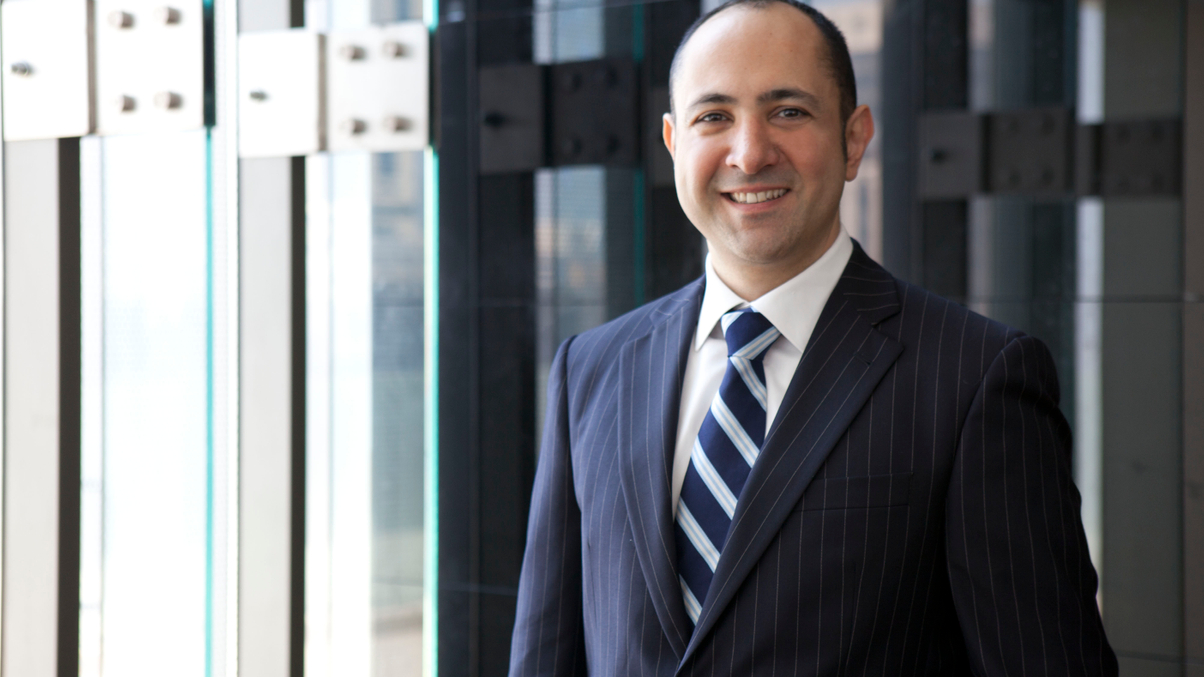Amwal may look to east Asia in future
The Qatari fund manager would consider a partnership with an Asian firm, but first wants to boost its local equity penetration – a tough ask in the Middle East.

One would expect Middle Eastern asset managers to have it made. The Gulf Cooperation Council region is home some of the biggest pools of institutional capital in the world, combined with high and fast-rising per-capita incomes.
Sign In to Your Account
Access Exclusive AsianInvestor Content!
Please sign in to your subscription to unlock full access to our premium AI resources.
Free Registration & 7-Day Trial
Register now to enjoy a 7-day free trial—no registration fees required. Click the link to get started.
Note: This free trial is a one-time offer.
¬ Haymarket Media Limited. All rights reserved.


